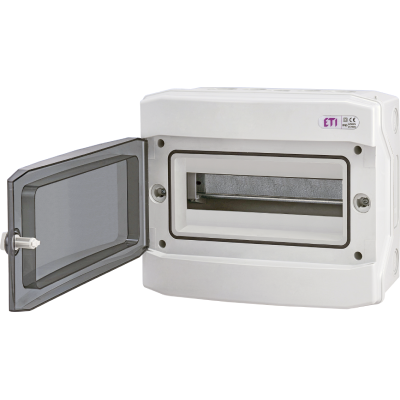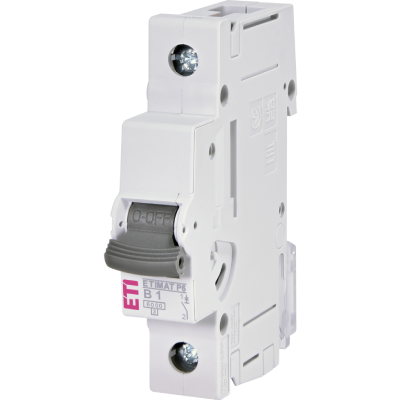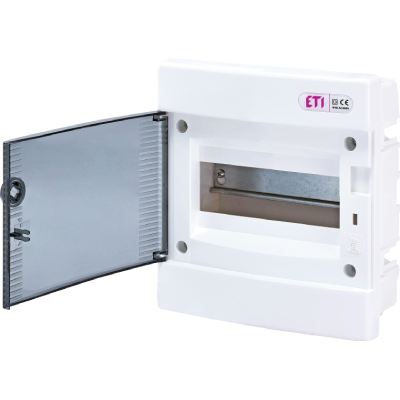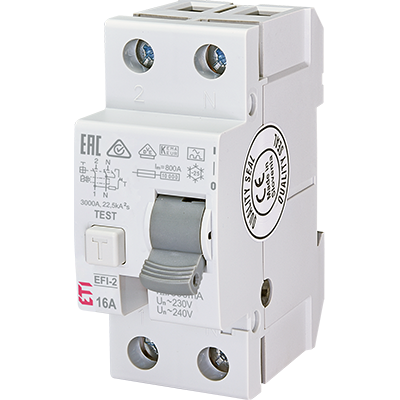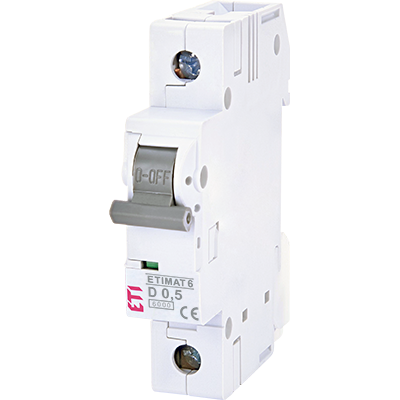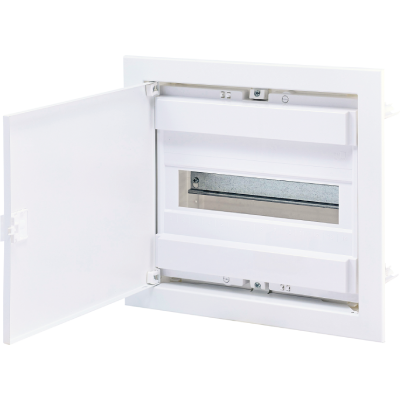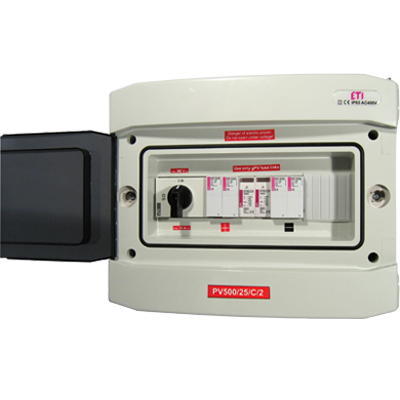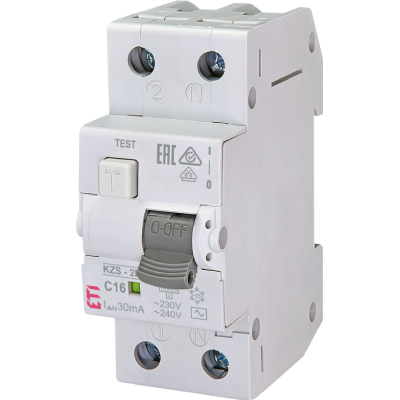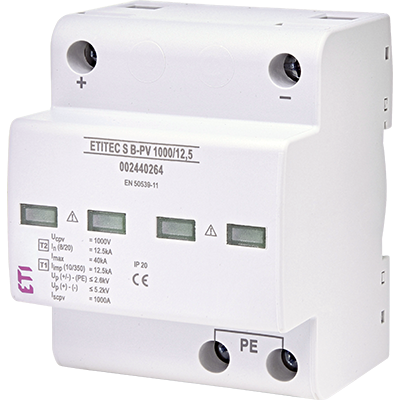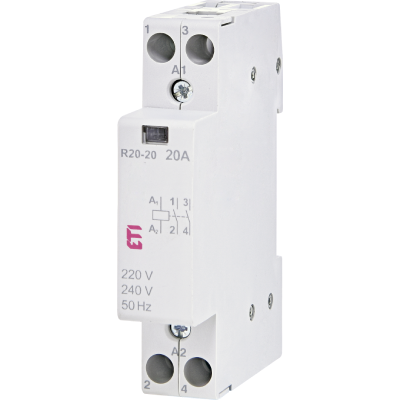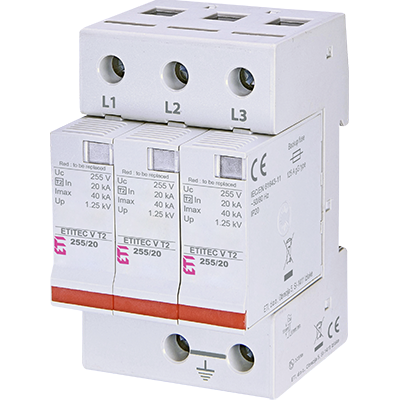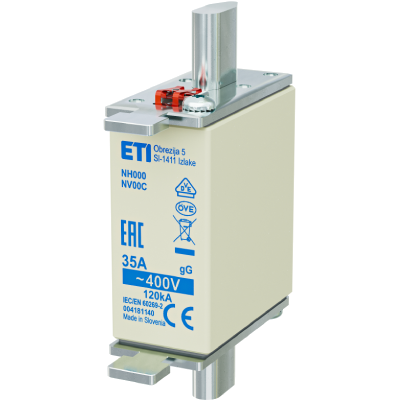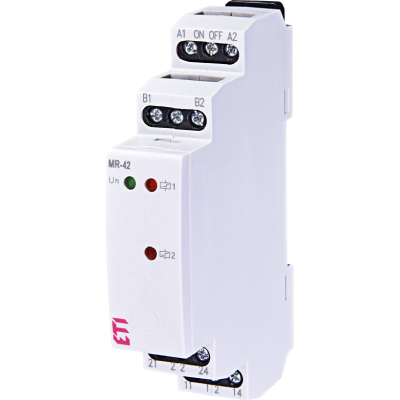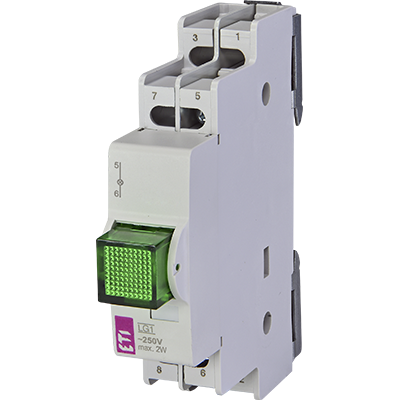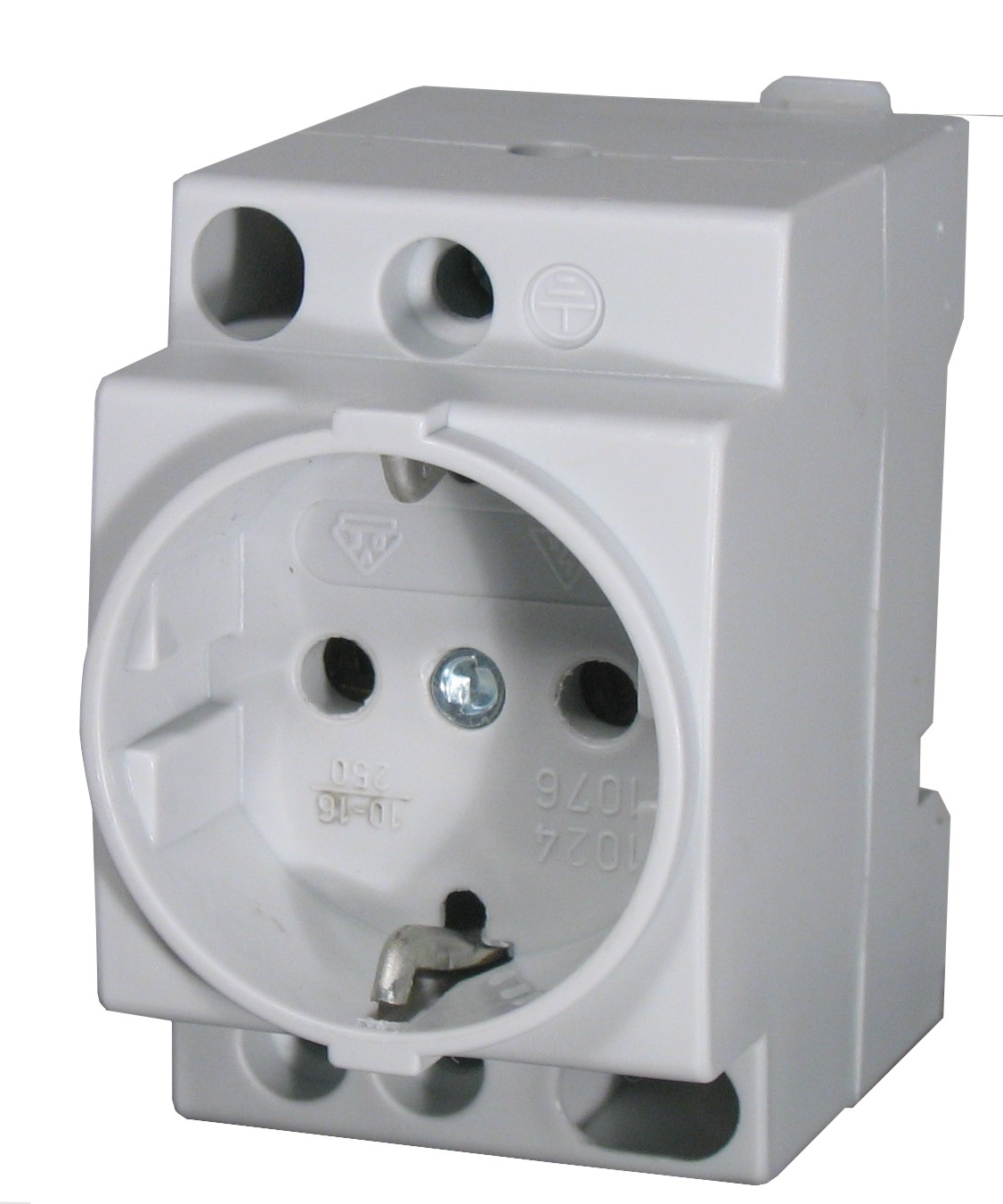Copper - The Backbone of Electrification and Green Transition
Copper has accompanied humanity from its earliest civilizations to today’s digital and energy revolution. First used around 8000 BC for ornaments and coins, copper became essential when early societies learned to extract it from ore. This development led to the creation of bronze around 3000 BC and marked the beginning of the Bronze Age.
Powering Progress: Copper’s Role in Electrification and Clean Tech
Copper’s true industrial rise came in the 19th century. As one of the best conductors of electricity, copper became the backbone of electrification. It now plays a central role in nearly every clean technology: electric motors, transformers, energy-efficient buildings, and renewable power systems. Two-thirds of copper use today is in electrical and electronic applications.
From high-voltage transmission lines to printed circuit boards, copper is indispensable in the systems that keep our modern world powered and connected. It’s not just the quantity of copper that matters, but its unmatched reliability and efficiency in conducting electricity with minimal losses.

Demand on the Rise: Green Energy, EVs, and Digital Infrastructure
According to BHP, green energy demand for copper could rise from 7% in 2020 to 23% by 2050. This shift reflects the growing need for copper-intensive technologies such as wind turbines, solar panels, and grid-scale battery storage — all crucial components of the clean energy transition.
Transport-related demand is also accelerating rapidly due to the global expansion of electric vehicles (EVs). An average EV uses between 60 to 80 kilograms of copper, compared to just 15 to 20 kilograms in traditional cars. This increase comes from the copper required in batteries, inverters, electric motors, and especially in charging infrastructure. As nations push toward zero-emission mobility targets, copper consumption in the transport sector is set to surge.

The Supply Squeeze: Depleting Ore Grades and Rising Risk
Yet, the world is facing a copper supply challenge. Ore grades — the amount of usable copper extracted from each ton of rock — have declined by 40% since 1991. This means that mining operations must process more material, consume more energy, and generate more waste just to produce the same amount of copper. At the same time, many of the world’s largest and most accessible copper deposits are maturing, and up to half of the current supply could face depletion within the next decade.

Securing the Future: Why Recycling and Strategy Matter
If these supply gaps are not addressed, copper shortages could raise clean tech costs, delay infrastructure projects, and slow down the global energy transition. Copper is not just a commodity — it’s a foundational material for electrification, renewable energy, and digital infrastructure. As demand accelerates, especially in electric vehicles, power grids, and data centers, the stakes are rising.
Strategic planning is now essential. Governments and industries must align on long-term supply security by investing in new mining projects, diversifying sourcing regions, and supporting responsible exploration. But mining alone won't be enough — the path forward must also include smarter material use and a much stronger circular economy.





